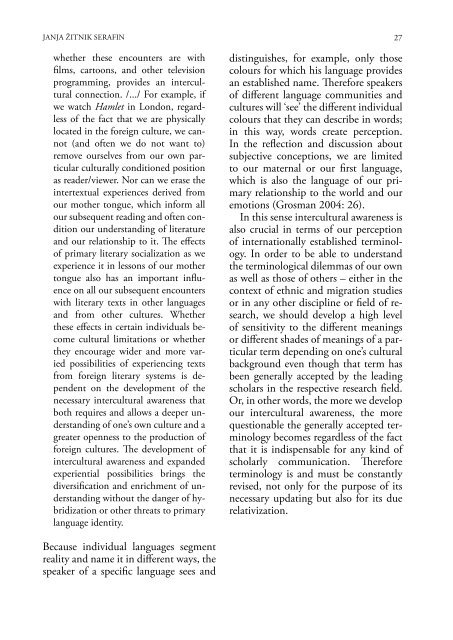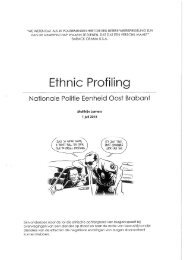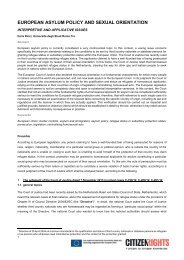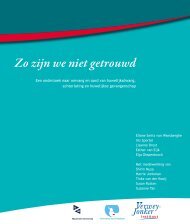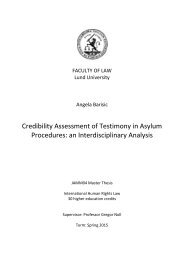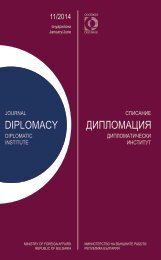AEMI
AEMI-2016-web
AEMI-2016-web
Create successful ePaper yourself
Turn your PDF publications into a flip-book with our unique Google optimized e-Paper software.
JANJA ŽITNIK SERAFIN<br />
whether these encounters are with<br />
films, cartoons, and other television<br />
programming, provides an intercultural<br />
connection. /.../ For example, if<br />
we watch Hamlet in London, regardless<br />
of the fact that we are physically<br />
located in the foreign culture, we cannot<br />
(and often we do not want to)<br />
remove ourselves from our own particular<br />
culturally conditioned position<br />
as reader/viewer. Nor can we erase the<br />
intertextual experiences derived from<br />
our mother tongue, which inform all<br />
our subsequent reading and often condition<br />
our understanding of literature<br />
and our relationship to it. The effects<br />
of primary literary socialization as we<br />
experience it in lessons of our mother<br />
tongue also has an important influence<br />
on all our subsequent encounters<br />
with literary texts in other languages<br />
and from other cultures. Whether<br />
these effects in certain individuals become<br />
cultural limitations or whether<br />
they encourage wider and more varied<br />
possibilities of experiencing texts<br />
from foreign literary systems is dependent<br />
on the development of the<br />
necessary intercultural awareness that<br />
both requires and allows a deeper understanding<br />
of one’s own culture and a<br />
greater openness to the production of<br />
foreign cultures. The development of<br />
intercultural awareness and expanded<br />
experiential possibilities brings the<br />
diversification and enrichment of understanding<br />
without the danger of hybridization<br />
or other threats to primary<br />
language identity.<br />
27<br />
distinguishes, for example, only those<br />
colours for which his language provides<br />
an established name. Therefore speakers<br />
of different language communities and<br />
cultures will ‘see’ the different individual<br />
colours that they can describe in words;<br />
in this way, words create perception.<br />
In the reflection and discussion about<br />
subjective conceptions, we are limited<br />
to our maternal or our first language,<br />
which is also the language of our primary<br />
relationship to the world and our<br />
emotions (Grosman 2004: 26).<br />
In this sense intercultural awareness is<br />
also crucial in terms of our perception<br />
of internationally established terminology.<br />
In order to be able to understand<br />
the terminological dilemmas of our own<br />
as well as those of others – either in the<br />
context of ethnic and migration studies<br />
or in any other discipline or field of research,<br />
we should develop a high level<br />
of sensitivity to the different meanings<br />
or different shades of meanings of a particular<br />
term depending on one’s cultural<br />
background even though that term has<br />
been generally accepted by the leading<br />
scholars in the respective research field.<br />
Or, in other words, the more we develop<br />
our intercultural awareness, the more<br />
questionable the generally accepted terminology<br />
becomes regardless of the fact<br />
that it is indispensable for any kind of<br />
scholarly communication. Therefore<br />
terminology is and must be constantly<br />
revised, not only for the purpose of its<br />
necessary updating but also for its due<br />
relativization.<br />
Because individual languages segment<br />
reality and name it in different ways, the<br />
speaker of a specific language sees and


